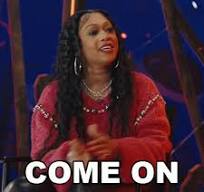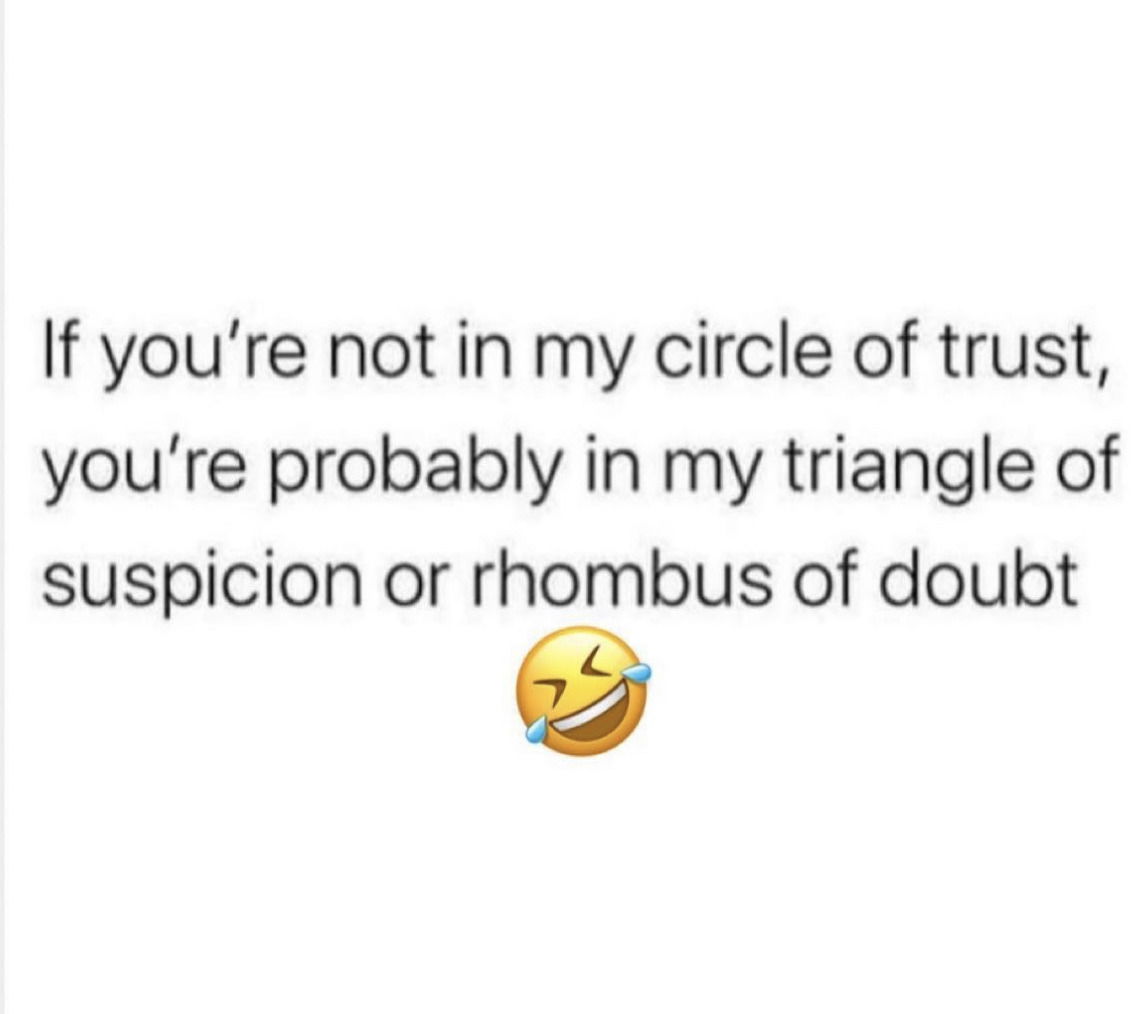How to Write Engaging Content (w/ examples + resources)
Hey, goofies Kristle here! I want to explain how we use social media to make money. This post will break down how we assist clients to create engaging content and plan their marketing strategy. So let's get into it! As always, key points will be bold, and a TL;DR will be at the bottom.
When working with clients, I do not like to create more than 15 days of content for four reasons: First, I don't want to do more than two weeks' worth of work, which is a lot to plan out.

Second, this gives the client a chance to hop on trends they know are going viral. Third, I advocate for repurposing content--for books, podcasts, blogs, videos, and courses. Fourth, you should be engaging with other folks rather than listening to yourself talk. If you are only pushing content, you are doing it wrong.

To clarify, don't simply post things and expect people to suddenly flock to your website. Don't neglect to engage with others' content or omit to add value to conversations. If you have insight that could add to a post, that can be an opportunity to shine!

I wanna challenge you to sit down and create content for a week to maximize your exposure with that content. Sidebar: We created a template that will be in our Resource Library for you to use. Anyway, back to the topic at hand!
When it comes to planning content, try to keep it simplistic. When your marketing plan gets complicated, it can feel overwhelming. As a marketing agency, you want to think of topics that anyone from any industry could use to increase engagement and generate $XX, XXX in sales.
You'll also need a goal for how many people you want to engage with. When your brand is small, your goal for engagement should be bigger. That doesn't mean bigger brands are off the hook for engaging with people. It just means as a smaller brand, you have to work a little harder via engagement to raise awareness.
For a small brand, your weekly target should be to connect with at least 15 people per day, seven days a week, or 105 total. If you are consistent, that works out to 420 new engagements per month. You would need to interact with 13 accounts over the remaining six days if you engage with 30 accounts on your engagement day.

I have a love/hate relationship with math but here we go!
Here's the math to back it up:
15 (accounts to engage with) x 7 (days) =105
105 (accounts engaged/weekly) x4 (weeks in a month)=420
105 (accounts engaged/weekly)-30 (accounts to engage with on engagement day) =75
75/6 (remaining days of the week)=12.5 (rounding up makes it 13)
Just so you know, your biggest earning day may be the day of your engagement. It's also an excellent day to recycle previously utilized content. The engagement day is the ideal time to reuse, retweet, share, and interact with content that has gained widespread popularity.
If this information has been helpful, I want you to hit that like button, that retweet button, that share button, or tag somebody. Let them know we are giving away the gems for free!
When you think about connecting with your audience, although as a marketing agency, you should know how to do that! Marketing is not just putting a product out there -- you should also know how to conduct market research.
For you business owners that aren't marketing agencies, I want you to open a new tab in your browser, type this phrase into your search engine, 'how to connect with your audience on social media', and hit enter.
If you want to be industry-specific, follow similar steps except enter how to connect your audience on social media + [industry]. For example, if you have a dental practice, it would be how to connect your audience on social media + dentistry.
People have written lots of articles on this, so look for inspiration. It'll take some trial and error to find the right ones. A good example is '11 Steps to Engaging Your Audience on Social Media' by business.com for general advice. In the template, I include a resource section so you can always reference the data and where you found it. '
Remember how I said the content can be re-used? In tweet #2's template example, "creating shareable content with memes," some posts will initially be threads; keep in mind that these threads can be expanded into blog posts, YouTube videos, TikTok videos, and other formats.
People will watch your videos and read your blog posts if they can spend hours watching people cut soap or play with slime. Even if they don't comment, people are seeing you and they are paying attention.

When you first start writing material, giving examples is the simplest approach to explaining ideas in a way that is easy to understand. Simply saying, "Hey, this works because I said it works," is insufficient.
To be honest, we dislike being told what to do, especially when the people giving us the commands are unable to support their claims. You must present it in this way: this is how I know it functions, and it works. You must include resources, statistics, and examples to demonstrate your level of experience in your field.

In particular, most people will think you're nuts if you work for a marketing agency. "Like, why do I need you if anyone can do it?" However, you must demonstrate to them your credibility and the rationale behind your marketing strategy. Although people dislike being told what to do, they are usually more receptive if you can at least clarify the importance.

We've been sharing stuff like this for years, so I know it works. But how did we arrive at this point, and why? Simply sitting down and saying, "These are the things I wanna post," is insufficient. To make your week appear well-planned, you must first create a strategy, schedule your content, and make adjustments. If you have enough material from several months that content can be turned into ebooks, blog entries, etc. However, if your content is disorganized, it will be impossible for you to accomplish these goals.

Preparing for the future means being ready for whatever opportunity may arise in the future—you just never know when it will. By doing this, you can prepare for opportunities that are still unknown to you.
I want you to consider the opportunity cost of not implementing this kind of planning and content creation if you aren't ready for it. Put differently, what are the chances you will lose out if you don't take action?

It's similar to not maintaining a resume when running a business; sure, you own a company, but what are the missed opportunities that come with not having a resume? Just remember these things.
Circling back to creating shareable content with memes is great because:
- It helps establish your brand personality
- It shows you have similar interests with your audience
- It shows you know your audience
- It shows you've done the research necessary to connect with your audience beyond sales
- It increases opportunities for brand exposure
- People are more likely to share funny and relatable meme-based content.
TL;DR: First,Don't neglect to engage with others' content or omit to add value to conversations. Second, I wanna challenge you to sit down and create content for a week to maximize your exposure with that content and repurpose said content. Third, if you have a smaller brand you should engage with people more to boost awareness. Fourth, Marketing isn't just pushing a product, you should also know how to do market research. Fifth, people are watching you, folks want you to share knowledge and skills. Lastly, it's okay to use memes even as a business. In fact, I highly encourage it.